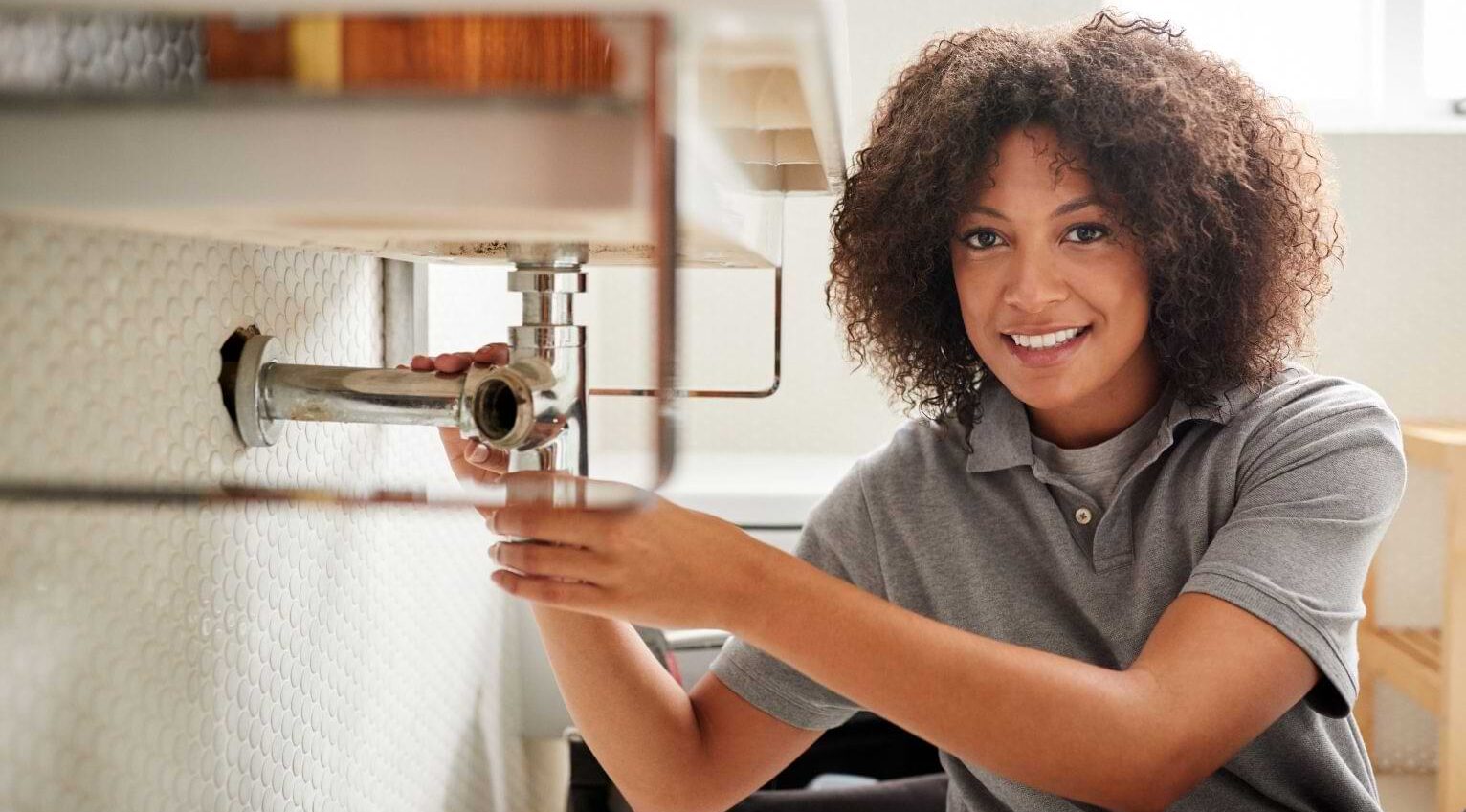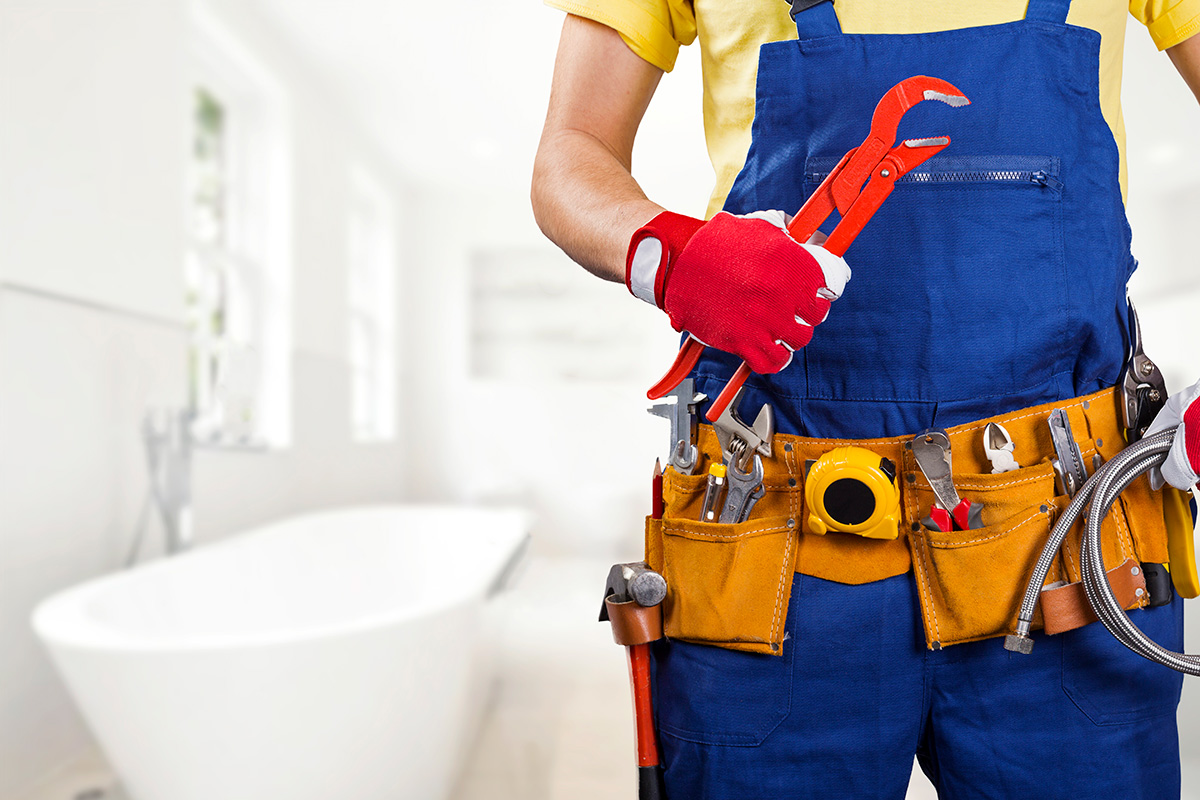Top-Rated Plumber Alabaster AL Ready to Offer You Anytime
Top-Rated Plumber Alabaster AL Ready to Offer You Anytime
Blog Article
A Step-by-Step Guide to Reliable Water Heating Unit Setup for Ideal Performance
Embarking on the job of installing a water heating unit is an endeavor that demands accuracy and an organized method for attaining optimal performance. As you continue, the details of connecting water supply lines and establishing up reliable electric or gas connections await, appealing understandings right into ensuring effectiveness and dependability.
Picking the Right Hot Water Heater

Next, take into consideration the size and ability of the water heater. It's crucial to analyze your household's warm water needs, which can vary based on the variety of owners and their usage patterns. A device that's too small may result in inadequate warm water, while an extra-large version could cause unneeded energy usage.
Effectiveness scores additionally play a crucial duty in option. Seek water heating systems with high Power Variable (EF) rankings, suggesting premium efficiency and lowered power use. Tankless designs, though normally extra pricey ahead of time, deal considerable energy cost savings in time due to their on-demand heating capabilities.
Preparing the Installment Location
Prior to setting up a new water heater, thorough prep work of the installation area is necessary. This guarantees a smooth installation procedure and assists avoid future problems (Plumbing Services Alabaster AL). Begin by choosing a suitable area that follows regional building codes and safety and security requirements. The area needs to be dry, well-ventilated, and available for maintenance. It's vital to gauge the space meticulously to fit the water heater's measurements, making sure sufficient clearance around the device for effective procedure and servicing.
Inspect the floor for stability, as the water heater will need a strong, degree surface area to operate properly. If required, set up a drip pan below the unit to catch possible leakages or spills, stopping water damages to the surrounding area.
Additionally, guarantee that all necessary devices and products are on hand before beginning the installation. This includes things such as wrenches, screwdrivers, a degree, and any type of additional hardware needed for mounting and securing the heating system. A well-prepared installation location sets the foundation for an effective water heating unit setup, enhancing efficiency and security.
Connecting Water Supply Lines
When attaching water system lines to your recently installed water heating system, it is essential to make sure that all connections are secure and leak-free to preserve reliable procedure and stop water damage. Begin by identifying the cool and hot water supply lines. The chilly water inlet is normally marked with a blue tag or a "C", while the hot water electrical outlet is marked with a red tag or an "H".
Use adaptable water heater this contact form adapters to help with an easier setup procedure. These ports can soak up vibration and enable mild motion, lowering the danger of leakages. Before connecting the adapters, place a plumber's tape around the threaded ends of the water heating unit's inlet and electrical outlet pipes - Water Heater installation Alabaster AL. This tape acts as a sealer, protecting against leaks. Very carefully attach the flexible hose pipes to the particular inlet and electrical outlet, ensuring that they are tight yet not over-tightened, which can damage the threads.
As soon as links are in place, slowly switch on the main supply of water valve. Check each link for leakages by aesthetically examining and really feeling for dampness. Tighten up links as essential, and make sure the pressure alleviation shutoff is properly set up, securing versus extreme pressure build-up.
Setting Up Electrical or Gas Connections
Appropriately setting up the electric or gas connections for your water heater is a crucial action to guarantee safe and effective operation. For electrical water heating units, start by confirming that the electric circuit is compatible with the heating system's voltage and amperage demands.
For gas water heaters, safety is vital. Connect the gas line to the water heating unit utilizing an adaptable gas connector, ensuring it is appropriately threaded and secured with pipe joint compound or Teflon tape appropriate for gas links.
As soon as connections are made, examine for any kind of possible leakages. For gas lines, apply a soapy water service to the joints; bubbles show a leak. For electrical connections, verify that all circuitry is secure and correctly protected, preserving conformity with neighborhood electric codes.
Readjusting and testing for Performance
With the electrical and gas connections safely in position, the next action is examining the functional performance of your water heater. Begin best site by thoroughly activating the supply of water and making sure there are no leaks at any of the joints or valves. Once validated, continue to load the container, paying focus to the stress and temperature level setups. It is a good idea to establish the thermostat to a suggested temperature of around 120 ° F(49 ° C) to balance power performance and comfort.
Following, do a complete examination to guarantee the heating elements or burner are working correctly. For electrical heating units, utilize a multimeter to validate if the elements are attracting the ideal existing. In try this web-site gas models, observe the heater flame; it should be stable and blue, indicating effective combustion.
Change the settings as needed to eliminate inadequacies. Think about carrying out insulation measures, such as including a water heater covering, to even more boost performance by lessening heat loss. Furthermore, check the anode rod's condition, as a deteriorated rod can decrease performance and result in container corrosion.
Final Thought
Reliable water heater installation is important for making certain optimum efficiency and energy savings. Securely connecting water supply lines and thoroughly setting up electrical or gas connections minimize potential issues.

Properly setting up the electrical or gas connections for your water heating unit is a critical action to ensure effective and risk-free operation. For electric water heating units, begin by confirming that the electrical circuit is compatible with the heater's voltage and amperage requirements. Connect the gas line to the water heater using a flexible gas connector, ensuring it is properly threaded and secured with pipe joint substance or Teflon tape ideal for gas links.
Report this page